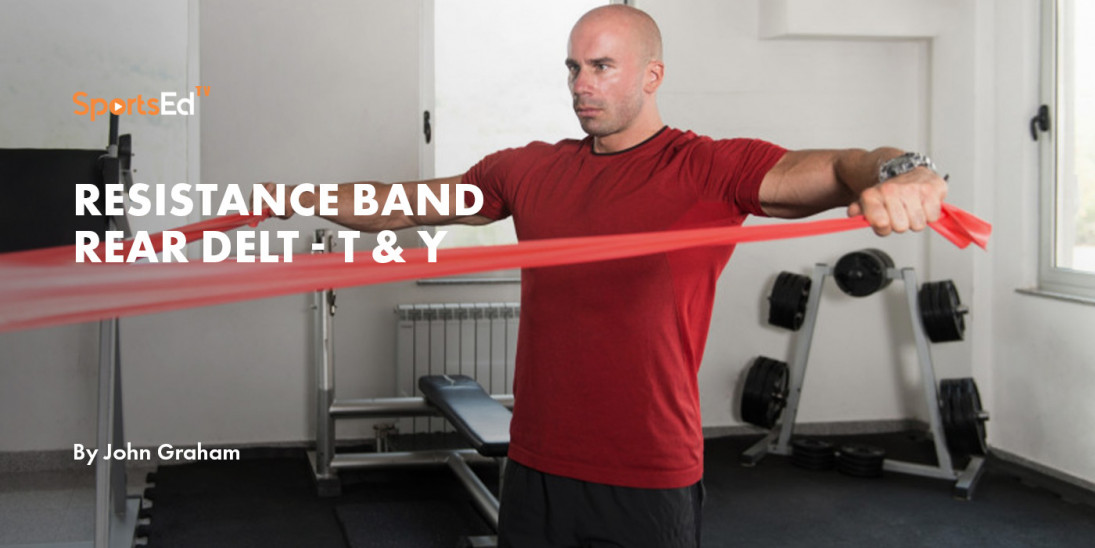Strength And Conditioning
Welcome and thanks for visiting...

METABOLIC TRAINING

John Graham, Senior Network Administrator in Network Development at St Luke’s University Health Network demonstrates how to implement and increase the effectiveness of a cardio training program for athletes by incorporating intervals.
Metabolic Training Uses Large Muscle Groups through the use of Structural & Compound Exercises. Metabolic Training Involves Higher Intensity Exercise that incorporates vigorous exercise with short rest intervals. Repetitions should be performed at a faster tempo while maintaining proper form.
Metabolic Training Benefits include
- Increased Caloric Burn During Exercise – 45 - 60 Minute Session can be as burn as many as 600 – 750 Calories.
- Increased Caloric Burn Post-Exercise – Increased metabolic rate post exercise between 10% - 25% for up to 48 Hours.
- Increased Muscle Development – By utilizing Higher Volume Strength Training (>10 Repetitions/Exercise) with brief rest periods maximal muscle development can occur.
- Improved Aerobic/Anaerobic Fitness – Because of the short rest intervals between exercises your heart rate will remain in your target zone and aerobic/anaerobic fitness benefit will occur throughout the workout.
To Maintain Variety in Workouts:
- Change the Duration – Increase the Exercise Activity Time while maintaining short rest intervals
- Change the Exercise – Change the Exercise or provide an alternative version of an exercise.
- Change the Resistance – Adjust the workload being utilized during the workout.
For maximal sports performance enhancement train the energy system with the appropriate higher intensity work interval combined with recovery intervals that is most predominantly utilized during the sport the athlete participates in. For example, a sport that requires 15 seconds or less of sustained exercise intensity would primarily be utilizing the Phosphagen Energy System and should utilize work intervals of 10 – 15 seconds at 90% – 100% maximal capacity workloads with 30 – 45 second recoveries at workloads of 60% - 70% maximal capacity. Below is a Table that provides simple guidelines as to workload intervals based on duration of sustained exercise in sport. For sports that utilize multiple energy systems the use of more than one interval training program can be utilized. The use of Heart Rate Tracking during training can be beneficial in assessing if the correct workloads are being selected and provide for adjustment when needed.
|
SPORT DURATION |
EXERCISE INTENSITY |
EXERCISE WORKLOAD % HRMAX |
DURATION |
RECOVERY WORKLOAD % HRMAX |
DURATION |
|
5 – 15 SEC |
VERY HIGH |
95% - 100% |
10 – 15 SEC |
60% - 65% |
30 – 45 SEC |
|
30 – 90 SEC |
HIGH |
85% - 95% |
30 – 45 SEC |
70% - 75% |
60 – 90 SEC |
|
> 120 SEC & |
MODERATE |
80% - 85% |
120 SEC |
75% - 80% |
120 SEC |





